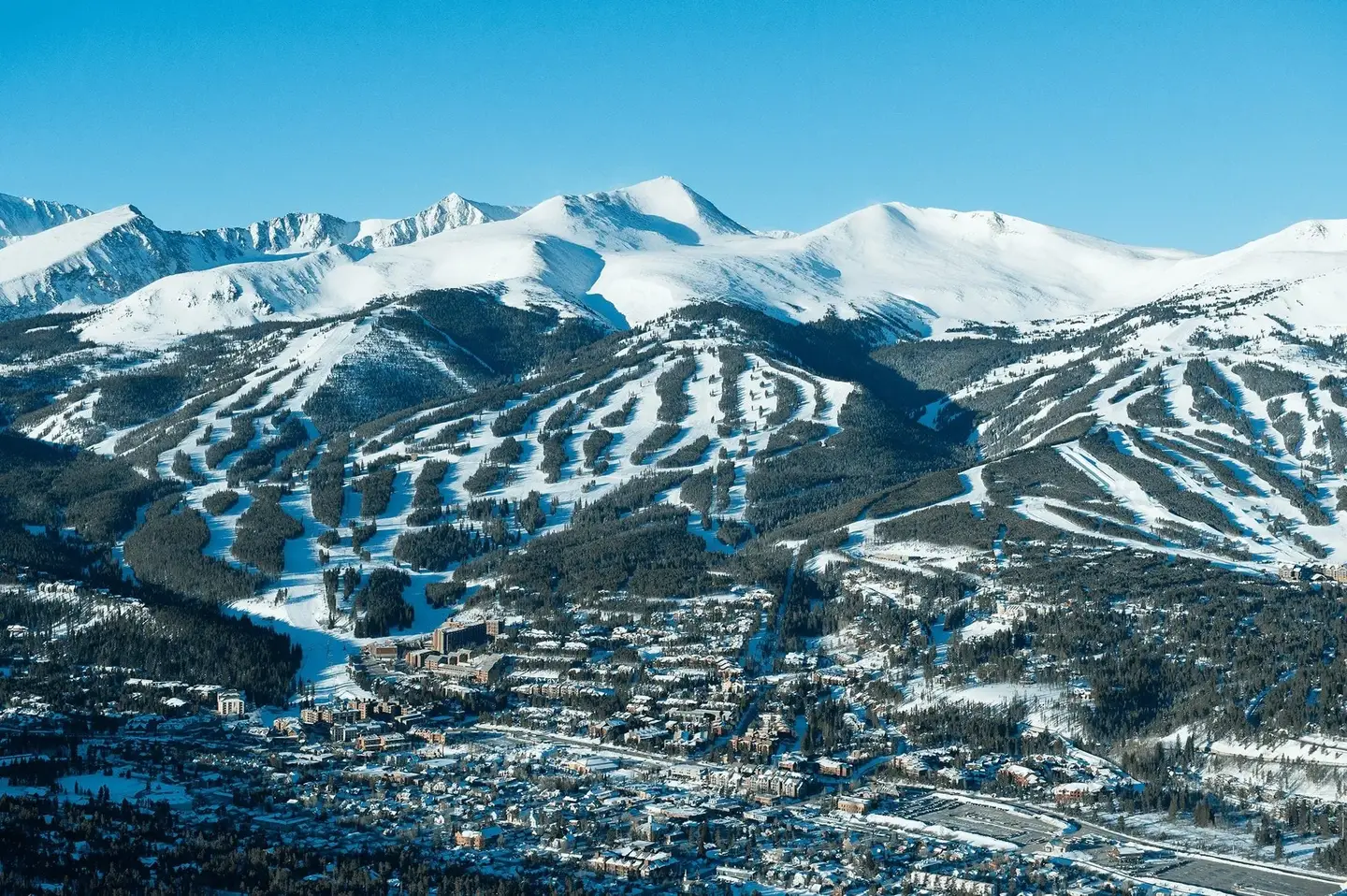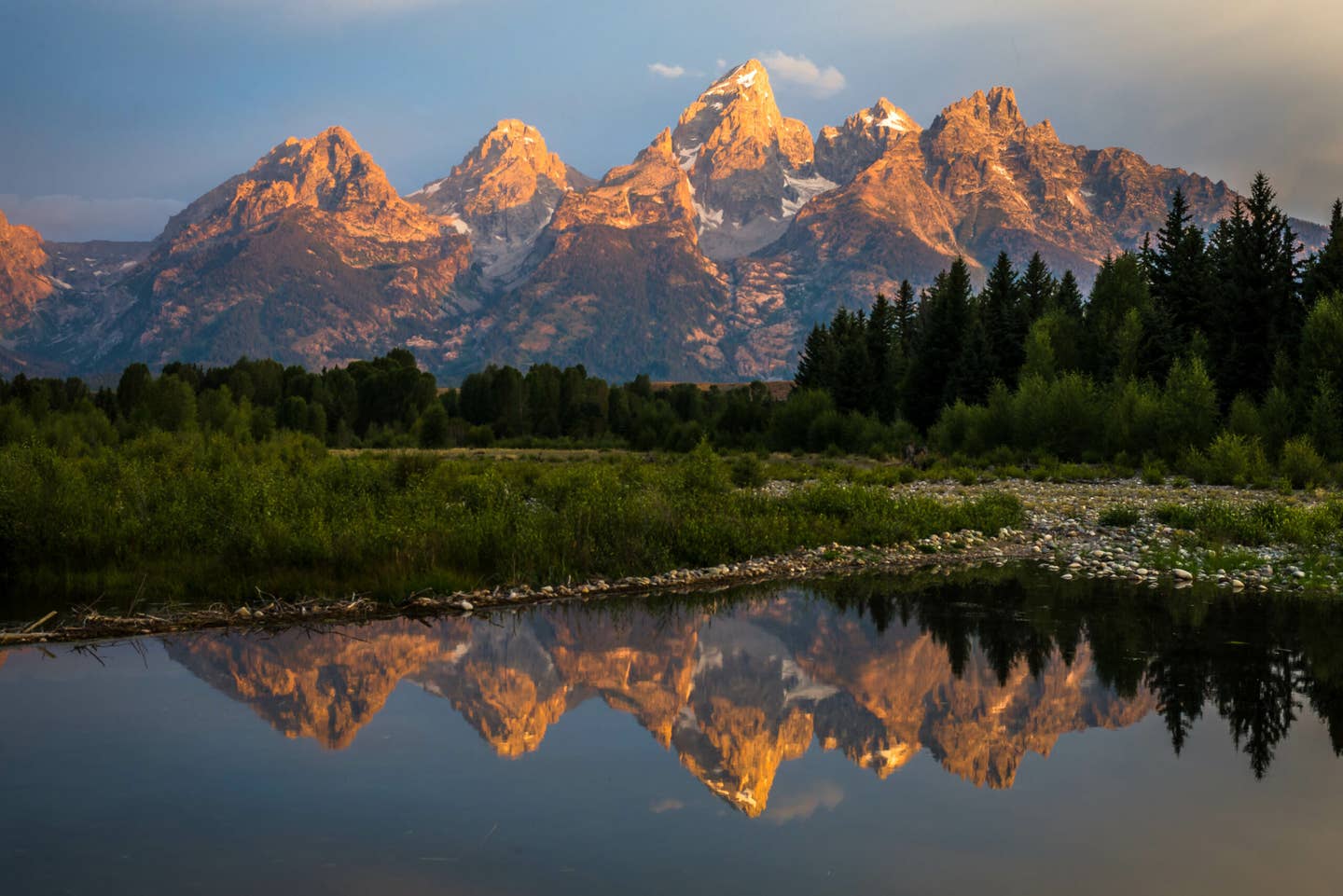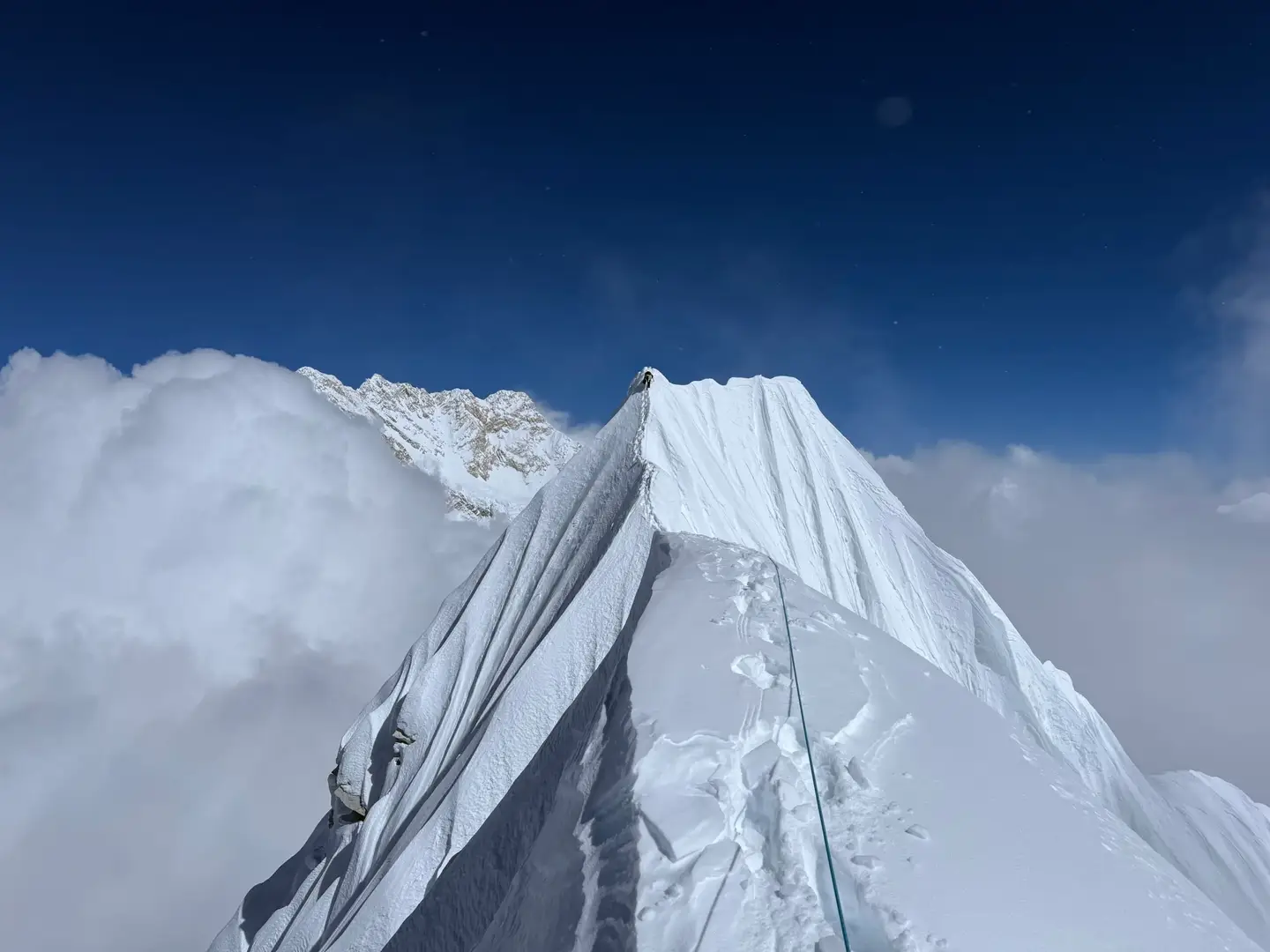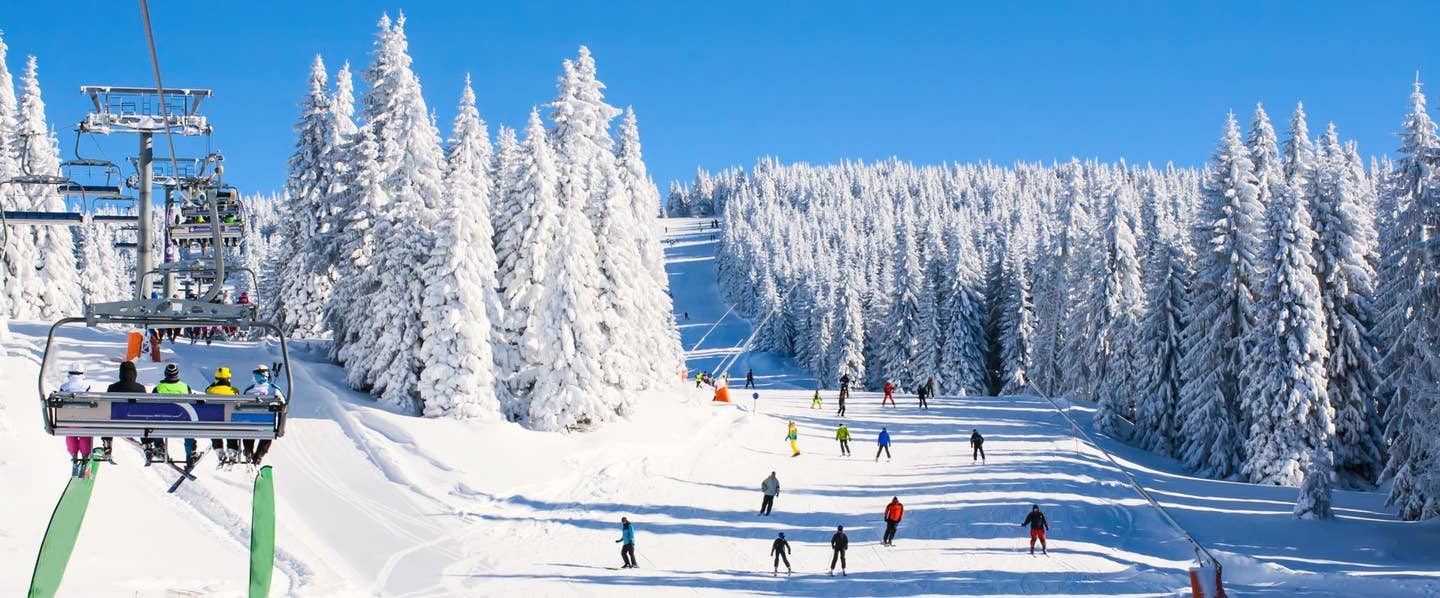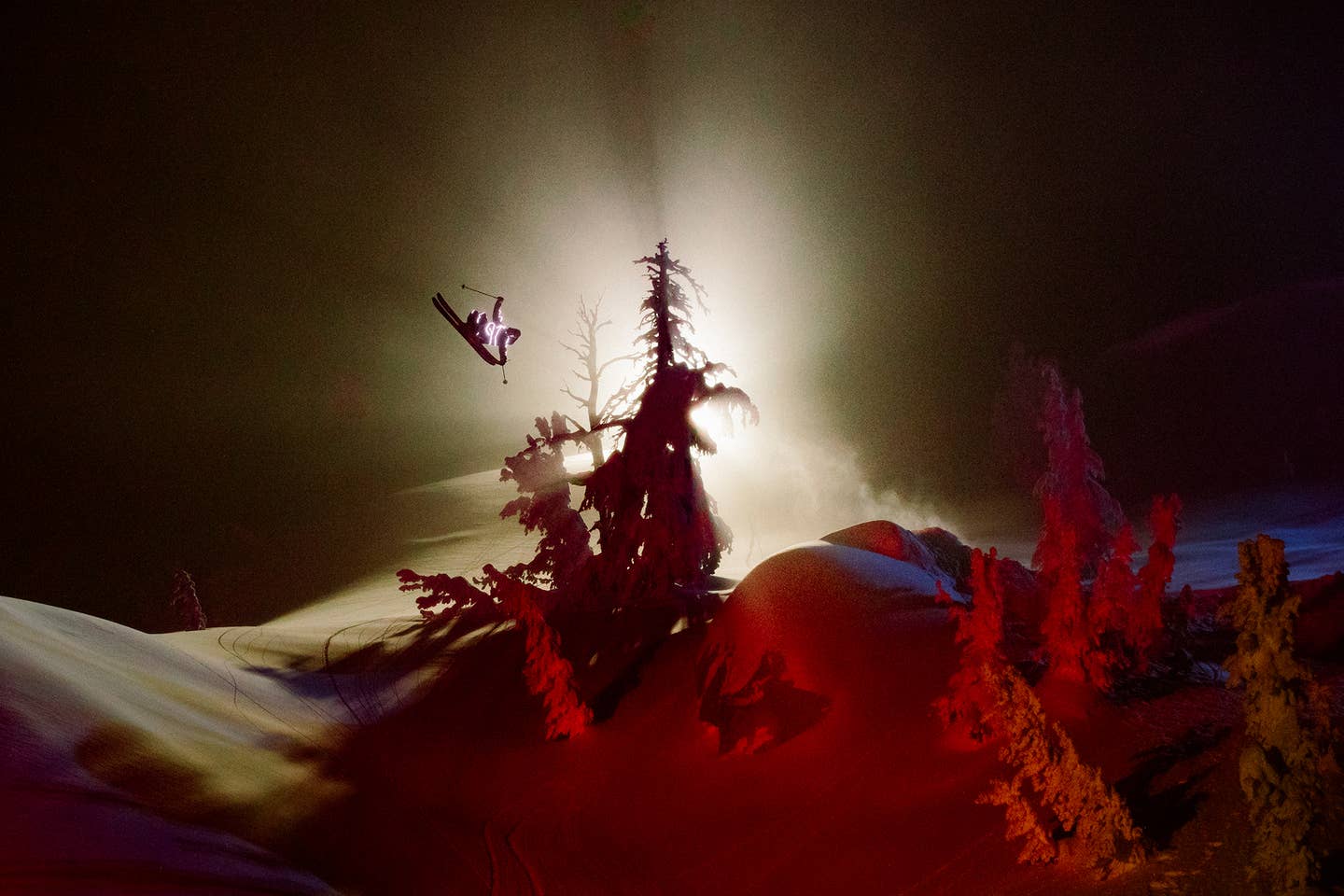

Inside The Mind of Fire On The Mountain’s Chris Benchetler
Popular Stories
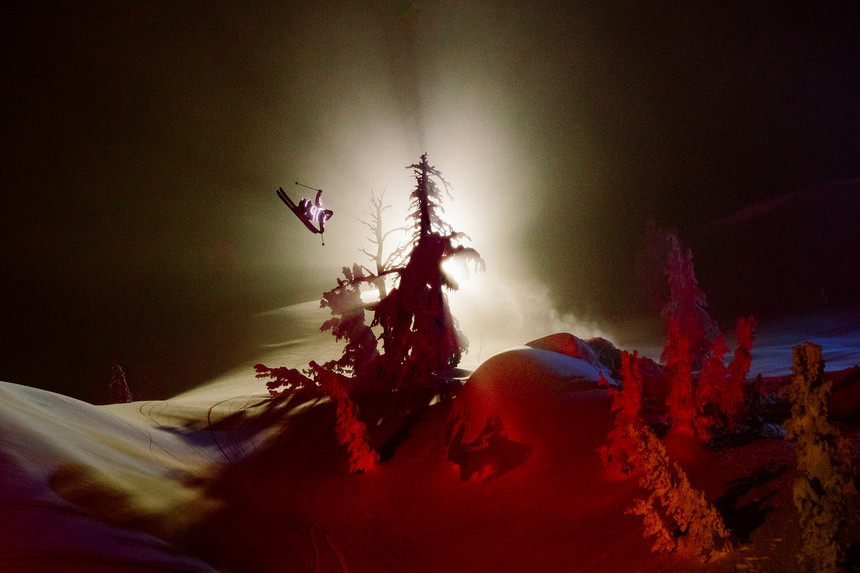 Chris Benchetler catches some air in his snazzy light-suit. Peter Morning photo.
Chris Benchetler catches some air in his snazzy light-suit. Peter Morning photo.
For the third installment of our Fire on the Mountain series, we wanted to speak with the man behind it all, Director Chris Benchetler. Driving down BC’s Sea to Sky Highway after premiering the film at the Whistler Film Fest, Chris was able to carve out a little time to give us the low down on the behind-the-scenes of making such a psychedelic movie. Did you know a battery pack could potentially melt a surfboard if it got hot enough? Yeah me neither.
The genesis of this film was formed some time ago, but it wasn’t until he joined forces with Executive Producer Brian Francis and got the Grateful Dead on board that the multi-pronged creative project began to take shape. From creating a trippy tie-dye style lighting concept with the guys at Sweetgrass Productions, to balancing a newborn with his wife Kimmy alongside a tough night shoot schedule, Fire on the Mountain came to life exactly as he wanted it to. With a great community of athletes and artists, and of course the swell of his favorite band behind it all. Paired with a few apparel and gear items designed by Chris in collaboration with the Grateful Dead, I think it’s safe to say there’s no better person to represent the Dead Heads in the ski community.
Bronson: Give us a little bit of insight into how this project came about and maybe a little of your background with the Grateful Dead.
Chris: Okay. Yeah, the quick that's not so quick answer is Warner reached out through Brian Francis, who's a mutual friend of ours, and Brian and I got talking if Warner was interested in collaborating with a ski brand since they had had such success with Burton. So I immediately jumped on board because I'm a huge fan of the Dead and my task was then to convince everyone that it was a good idea. So that was accomplished.
And then in that process, I wanted to do a multi-product capsule. So, I was introduced and we got a mitt and a pack with Dakine. And then obviously I got on board with TGR because they have a license for apparel. So, we kind of did this like a three-way product capsule, which was killer. And then I've always had a concept for a night film because I had worked for Sweetgrass many years ago and did some night skiing up in Alaska that stuck with me as one of the most unique experiences in my life. I just wanted to kind of make something really inspired by that, you know?
I've had some new concepts and new ideas after we did that and so I just wanted to try to execute it and the Grateful Dead's psychedelic nature and obviously their improvisation and how they approach the stage really lends itself to the ideas I had. Luckily, I had my passion, and because I wasn't a conglomerate or a big company and I was just this kid that wanted to make an art piece was the only reason I was able to do it. It’s why they signed off on it. You know, I wasn't a production company, I wasn't anything. I was just super passionate about the Dead's music and wanted to make something. And then Todd Jones had introduced me to Brian originally, so I wanted to thank him by giving TGR distribution of the film. So that's kind of how it all tied in.
 Chris and Skye flex their artistic muscles. Bryan Fox photo.
Chris and Skye flex their artistic muscles. Bryan Fox photo.
Bronson: Have you seen the Dead in terms of action sports movies or any variation of them? I mean they're not even really soundtrack for many visual pieces. This is kind of such a unique style, have you seen the pairing of that, before ever?
Chris: I think it's a matter of just how big they are and how core they are and if they're going to let you do something, it really needs to speak to their community. Their fans are the most loyal fans out of any band ever, probably. So, they really make sure to respect those fans and only do something that everyone is going to like. I think that's the bigger issue of why you probably don't see them in movies very often.
Bronson: Yeah, for sure. How'd you get some of the other guys on board, like Rob and Jeremy and that crowd?
Chris: It was pretty easy to some degree because all of them are big fans of music. I mean Rob and I have become very close friends and we'd been talking about doing something together already. So, he was kind of one of my first choices. Obviously he and Kimmy, and then Michelle are extremely close friends and huge fans of the music, as you learned when you met her. Jeremy's a Dead Head himself and then Danny is a huge Dead Head, and all of these guys are personal friends of mine. So, I kind of handpicked everyone that I knew shared the same passion for the music, and kind of spoke to what I was trying to accomplish. Like I love all of their styles and I look up to all of them as athletes and people, so it was kind of a, yeah, it was a no brainer as to who I needed the film to be about.
Bronson: What do you think is some of that passion of, you know, I met you at a Dead show and I think there's kind of that inherent unspoken friendship that forms with no other background so to speak. Just that you like a certain band. What do you think is so special with the Dead and the community they've built over 60 years almost at this point?
Chris: Yeah, I mean the music, it speaks to your soul. I don't know how to explain that entirely, but more so than any other music I've listened to. They're playing so much by the feel of the energy of the crowd, the energy of themselves between each other, the energy of the instrument, so I just think that resonates with everybody that's there and they're all there sharing their same love for the music, you know? So, when you have something, I guess for lack of a better word, it's just kind of like a spiritual experience. And when you share that with people, it just, it's that immediate bond.
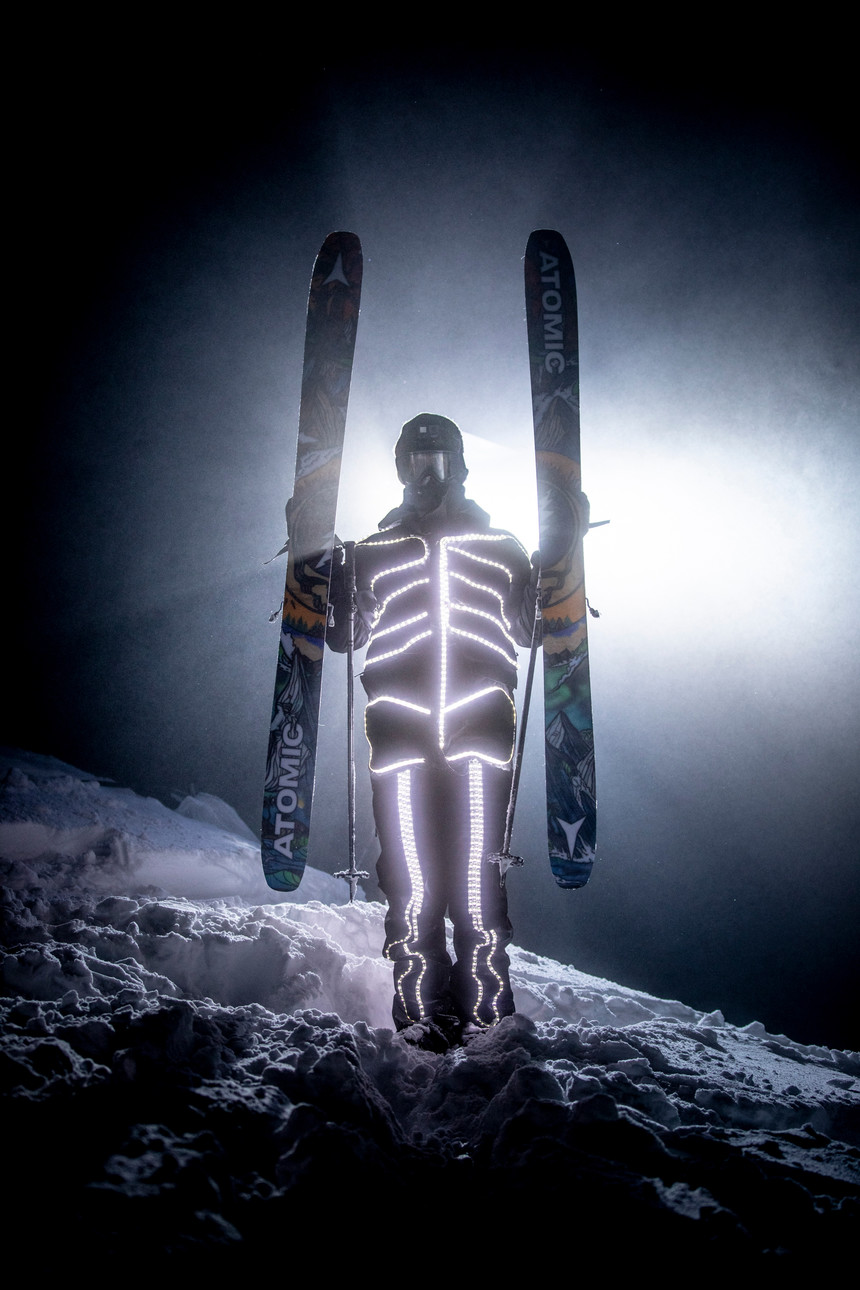 Chris shows off his art adorning a pair of Benchetler 120s. Aaron Blatt photo.
Chris shows off his art adorning a pair of Benchetler 120s. Aaron Blatt photo.
Bronson: Gives me goosebumps thinking about it. Ok, I'm a little bit of a camera tech nerd, so I'm going to jump into a few of the questions about the night skiing and the night surfing stuff. In terms of the night surfing, what was the light suit situation? How'd you guys pull that off?
Chris: I can't take credit for that. I mean the concept was mine, but behind actually executing on how to make a submersible light that wasn't going to electrocute Rob was my friend Shane who is like a genius, for lack of a better word. He is very mechanical and he's my go-to guy that I call with any technical questions and he always seems to have a solution or an idea. He was part of the lighting team for Mammoth. And I did the suits myself which was a huge learning experience, and I wish I would have used Shane because he made such sleek batteries and everything was fully waterproof and submersible and he built his own battery packs out of drone batteries, and he was extremely creative, and then how he attached it to the suit, and where the hinge points were. He just, he thinks about every possible solution and problem, and I'm a little bit more just like, screw it, let's do this and see what happens, where he's like a much more mechanical mind. And so it was really impressive to see what he came up with and just like the heat transfer of the lights, and how it would affect the board and the epoxy, and would we start a fire, and how is he going to not make Rob change the shape of his boards and figure out how to sink in a battery pack at such a low volume.
Bronson: Oh my God, I never even thought about heat and fiberglass, that's a whole other, oh my God.
Chris: Yeah. And those are things that I wouldn't have thought about either. He's a smart, smart human and I couldn't have done it without him for sure.
Bronson: Was it a little nerve-wracking surfing at night? I mean, I grew up on the beach in Florida and I still can't go into the water at night for some reason, it's just an innate fear. But how was that?
Chris: Yeah, for me personally it was terrifying. Yes. Obviously, you're just this huge lit up lure for the creatures of the sea that we all know. Rob seemed cool as a cucumber, like he always does. You know, he was not overly concerned and I was just tried to stay close. Anytime he caught a wave, I was just out there by myself kind of twiddling my thumbs. Yeah, hoping nothing was going to find me, but I wasn't there to try and be in the surfing segment. I was just there to help direct and just capture the idea of what we wanted to capture. I'm not trying to be a pro surfer, I'm just extremely passionate about it. So, I was his board caddy and if one board ran out of battery or whatever, I was just there as a backup. I got to catch a couple of waves. I think Tyler put one wave of me in the edit, which is funny and sweet, but yeah, it was insanely challenging to surf, and yeah, to answer your question, it was spooky for sure.
Bronson: Yeah. Can you give a little info about the night skiing at Mammoth and riding? What's the background on how that all came to fruition?
Chris: Well the concepts came for sure from that original project I did with Sweetgrass and just realizing that there was technology bright enough and big enough to light up a mountain. And then I took that concept and just tried to... I wanted movement in the color and so more of a psychedelic look to how the colors were through the shots. When you watch the movie you can see Shane, that same Shane, design this pinwheel with different colored gels on it that spins throughout the shots. So the colors were changing and giving that swirling, tie-dye, psychedelic feel to it. And I wanted to just create a super trippy dream where all that was a little more, I don't know what the word is that I'm looking for, but yeah, just try and create something that was super unique to what we were trying to capture for the film.
Sign Up for the TGR Gravity Check Newsletter Now
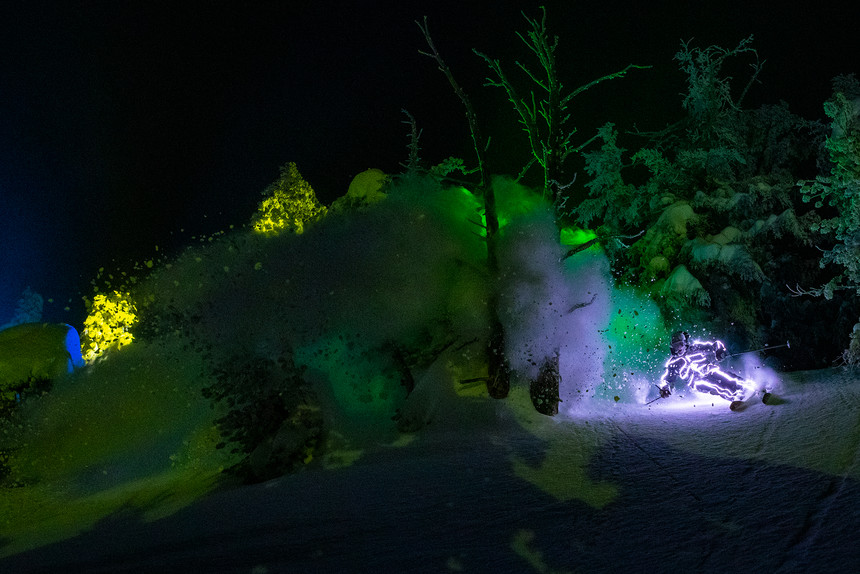 Sun or no sun, you know Chris is gonna tear it up. Peter Morning photo.
Sun or no sun, you know Chris is gonna tear it up. Peter Morning photo.
Bronson: Yeah. I mean I think you hit that on the head. It was beautiful, it was rad. What was the technical aspect of shooting that night? Do you guys just go bell-to-bell from sunset to sunrise or?
Chris: Totally, and it was complicated as well, as this whole project was, you know. But it was, I would get there while the sun was still up and go out and help set up and build. I was there weeks before obviously building features and getting everything set for the athletes. And then yeah, the rest of the athletes would show up kind of as everyone was set up and ready. And then we'd sled them out there and then we would ride pretty much until sunrise. Cause as soon as the sun starts coming, you really lose that... The darkness was what I wanted to capture, you know? So, you lose that really bright, vibrant, dark landscape.
Bronson: First filmmaker ever trying to avoid magic hour.
Chris: Yeah exactly. And yeah, athletes would then go home and then poor Kimmy would have to leave, I'm sure she told you, at like two every morning to go home and breastfeed. And then she was up with Koa at 5:30 A.M., so she got a couple of hours of sleep every night. And then I would show up at when the sun was up and Koa was awake and ready to party and I would try to get myself a couple of hours before we started all over again. But it was a very exhausting schedule and project, for sure.
Bronson: Man, it looks worth it though. What's next on the horizon for you after you get through all the screenings?
Chris: Yeah, we're just trying to keep our heads above water. This project evolved and got so much bigger than... I mean, it's what I dreamed it would be, but you never know what's actually going to happen, right? Like how it's all going to come to fruition or what's going to come of it. So the interest and the stoke has been real, and we're getting more and more opportunities. So just trying to take those each day at a time and see what comes of all of it.
And, yeah. I mean we, Kimmy and I, have been working on a family project together with the same director and filmer Tyler Hamlet. So we're going to just keep plugging away at that too. And then I'll have all the endemic sponsor obligations that I have every season, so I'm sure it'll be just as busy as normal. Just not sure I'll be skiing at night as much as I did last year. But, you never know.
Bronson: You never know. Never count it out. What's your favorite concert that you've been to?
Chris: Ooh. I mean, the venue that we were at the Gorge was pretty dang sweet. I'm trying to think here.
Bronson: That was Koa's first concert, right?
Chris: Yeah that was.
Bronson: That's a lifetime of bragging rights there.
Chris: No doubt. Yeah, that was pretty special. I think that's going to be hard to top. I mean I saw Bob and Wolf Brothers at the Ace. That was just like a pretty cool show itself too. I'd say just like the overall vibe and that same sense of community that we talked about earlier, just everything about the Gorge was pretty dang cool. That second night though, you know, they were perfectly in sync, so that was pretty special too.
Bronson: What's your top Dead song?
Chris: Yeah, no, I love it. It actually always evolves, which I love about the Dead. But I think Ripple has a lot of nostalgia for me now because Koa wouldn't take a bottle and so yeah, Kimmy when he was, his whole first year of life, you know, she would have to calm him down with breastfeeding. But my only trick that would work was playing Ripple and rocking him to sleep. So I kind of, and I still use it to get him to fall asleep. So that one's always a top obviously, but I don't know, New Speedway Boogie I've been really into lately, and I heard some new, I love cause you just always hear new versions as well right, some are more psychedelic or some are more mellow or whatever, but Althea is always at the top lately too. It always changes.
